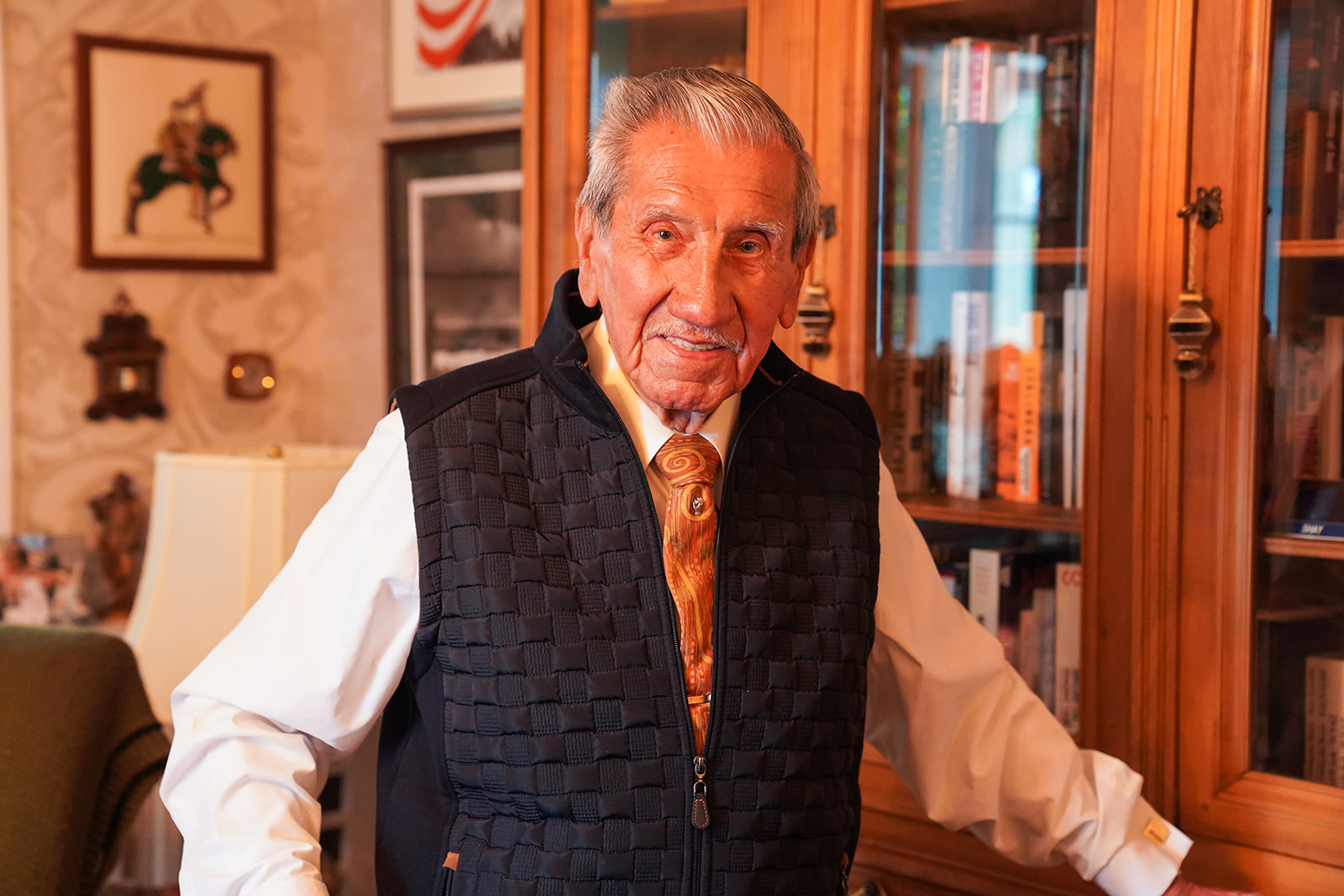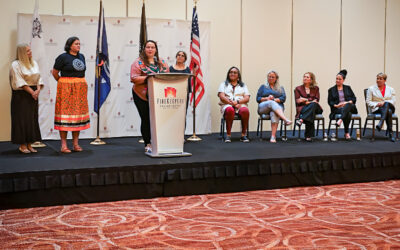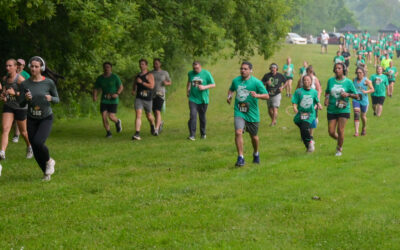Native Combat Veteran Honored on the Beaches of Normandy
When Penobscot Elder and Army Veteran Charles Shay was drafted into the Armed Services in 1943 as a combat medic, he was doing his duty to his country – despite being denied fundamental rights. At just 19, Shay, like many other Native Americans at the time, did not have the right to vote in his family’s home state of Maine.
“I came home one time on leave in my uniform, and my parents took me to the voting center; some small election was taking place. I think it was for local government,” Shay recalled. “And they told me, flatly, ‘You are not entitled to vote.’ I was in uniform.”
Despite this, Shay felt that it was his duty to fight for his country and would go on to spend 20 years in the service. He served in both World War II and the Korean War. Shay saved hundreds of lives in his storied 20-year military career; at one point, he had been taken captive by German soldiers. For his outstanding service, Shay received a Bronze Star, awarded to service members for heroic service, and a Silver Star, awarded for gallantry in action.
For Shay, D-Day “was his first experience as a combat medic,” said Marie Pascal Legrande on June 4 at the Charles Shay Memorial at Omaha Beach. Legrande, who is French, and Shay are long-time friends. “Many were wounded trying to get to the relative security on the upper part of the beach. Charles went back and forth from the upper part of the beach to the water many, many times, trying the best he could to relieve the pain of wounded soldiers.”
Shay’s heroism and gallantry were celebrated and honored during many ceremonies throughout the Normandy country and seasides this year. One of 175 Native American Veterans to storm Omaha Beach amidst a torrential downpour of German bullets to rescue French shores from Nazi clutches, Shay has taken the responsibility of upholding that legacy onto his capable shoulders.
Throughout the days leading to June 6, Shay and his delegation of 10 celebrated and honored former and active duty military – with a particular focus on Native Veterans – hosting memorials and bringing attention to Native American contributions in international affairs.
Since 2007, he has conducted ceremonies at dawn on Omaha Beach to honor the soldiers who fell on the sandy shores. Thousands make pilgrimages to the French beaches to honor the sacrifices that Allied troops made those 78 years ago – and hundreds gather to witness Shay’s annual ceremony and give thanks to Native Veterans at his very own memorial overlooking Omaha Beach.
Through heavy rain, Legrande shared with the crowd that she, Shay and a team of historians have been working to identify the 175 Native WWII Veterans who helped liberate French soldiers on June 6. So far, they have identified 55 – including one NHBP Tribal Member: Calvin White Pigeon-Bën.
“Thanks to historical researchers, we have conducted a study with a professor of anthropology that found 55 Native Americans who landed here at Omaha Beach and have been formally identified,” Legrande said. “This ceremony is dedicated to all these men who went ashore on our beaches in 1944.”
Spectators were treated to many lovely words – both French and English – thanking Native Veterans for their service.
This year, at 98 years old, Shay made the emotional choice to ask his friend and fellow Native Veteran Julia Kelly to conduct his seaside ceremony. A Member of the Apsaalooke Tribe, Kelly spent 28 years in the armed services and said she was honored to take over the ceremony for Shay.
“Remember,” Kelly said to the crowd following her ceremony. “Don’t ever forget what happened here on this day.”
Shay has written a book, “Project Omaha Beach: The Life and Military Service of a Penobscot Indian Elder,” about his life, with a large portion, focused on his experience in the service, and speaks on Native Veterans affairs frequently.
“May your testimony and your example – and that of your brothers of the Native American Nations – coming from out of the ocean, an ocean that is salty like tears, enable us to remain cautious and vigilant because nothing should ever be taken for granted,” said a French speaker at the Charles Shay Memorial.





0 Comments